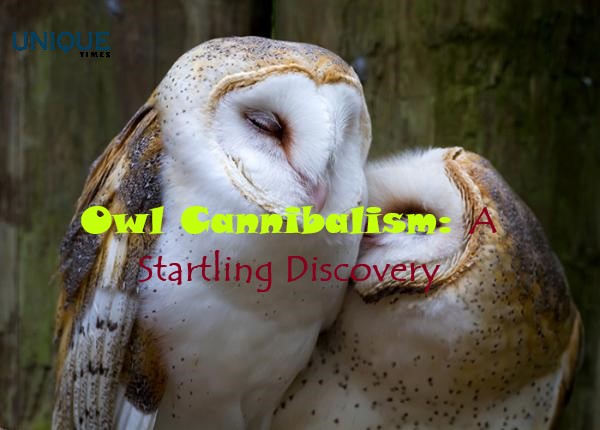The Dark Side of Owls: A Surprising Truth Revealed – Cannibalistic Tendencies Amongst Owls

Owls, with their mysterious nocturnal habits and enigmatic demeanor, have fascinated humans for centuries. Revered as symbols of wisdom and intelligence, these magnificent birds are not only skilled hunters but also play vital roles in the balance of ecosystems. However, beneath their majestic facade lies a surprising and lesser-known truth – some owls exhibit cannibalistic tendencies, preying upon their own kind. In this blog, we delve into this seldom-discussed aspect of owls’ behavior and explore the reasons behind this shocking phenomenon.
An Unearthed Secret: Owl Cannibalism
While the notion of owls dining on their own species might be unsettling to some, it’s crucial to understand that this behavior is not widespread among all owl species. Cannibalism is predominantly observed in larger owl species that are at the top of the avian food chain and reside in habitats with limited food resources. In these cases, scarcity drives some owls to resort to desperate measures, including consuming their own kind.
Reasons Behind Owl Cannibalism
- Territorial Aggression: Competition for territories and resources can be fierce among large owl species. In environments where space is limited, territorial disputes can escalate to violence, resulting in fatal attacks on rival owls.
- Limited Prey: In certain habitats, food scarcity can lead to an increased risk of cannibalism. When typical prey populations decline, some owls may turn to cannibalism as an alternative food source.
- Intraspecific Predation: In some cases, younger and inexperienced owls may fall victim to cannibalism at the claws of their more dominant and mature counterparts. This phenomenon is not unheard of in the animal kingdom, as older individuals may perceive the younger ones as competition.
- Parental Behavior: Cannibalism can also occur when food is scarce during the breeding season. In dire circumstances, adult owls may consume their own eggs or even their own chicks to survive.
Instances in the Wild
While cannibalism remains a relatively rare occurrence, there have been documented instances of owl cannibalism in the wild. Researchers and birdwatchers have occasionally witnessed these distressing behaviors, providing valuable insights into the complexities of owl behavior and their struggle for survival.
Conservation Implications
Understanding the reasons behind owl cannibalism allows researchers and conservationists to gain deeper insights into the health and sustainability of owl populations and their ecosystems. Habitat preservation, protection of prey populations, and ensuring ample food resources can all play crucial roles in mitigating cannibalistic tendencies among owls.
Conclusion
Owls, with their haunting calls and unparalleled hunting skills, hold an esteemed place in human culture and natural ecosystems. As we delve deeper into their intricate behaviors, we uncover both the wonders and the harsh realities of the animal kingdom. The existence of cannibalistic tendencies among certain owl species serves as a reminder of the delicate balance that governs nature. By working towards preserving their habitats and understanding their needs, we can contribute to the protection of these enigmatic creatures and the ecosystems they inhabit. Owls continue to captivate us with their beauty and intelligence, but we must also acknowledge the darker side of their existence, a testament to the complexity and wonder of the natural world.
Picture Courtesy: Google/images are subject to copyright








